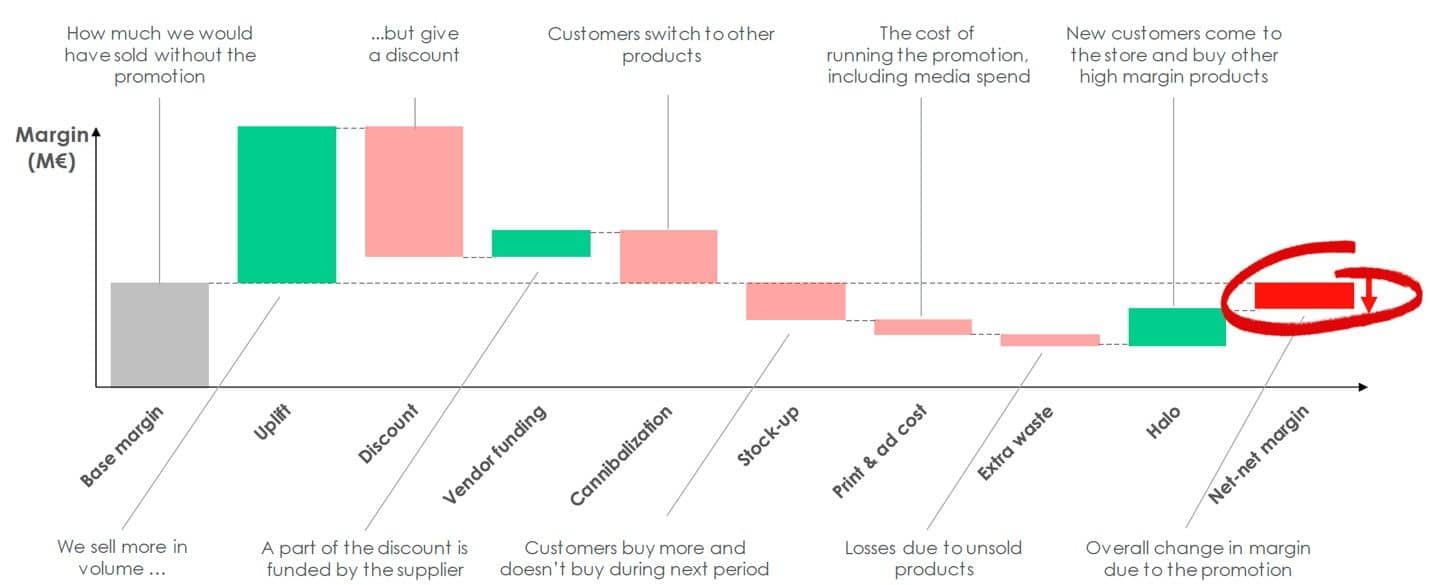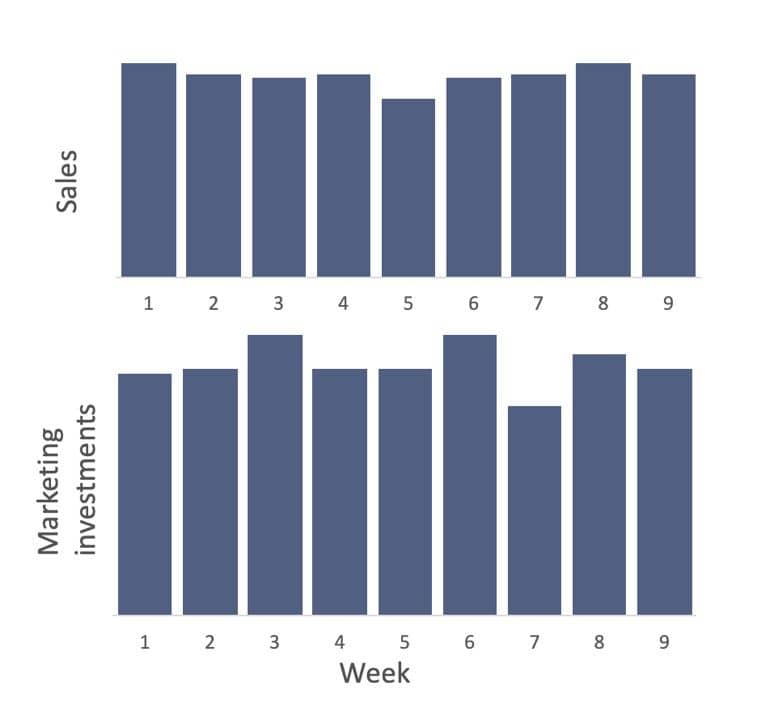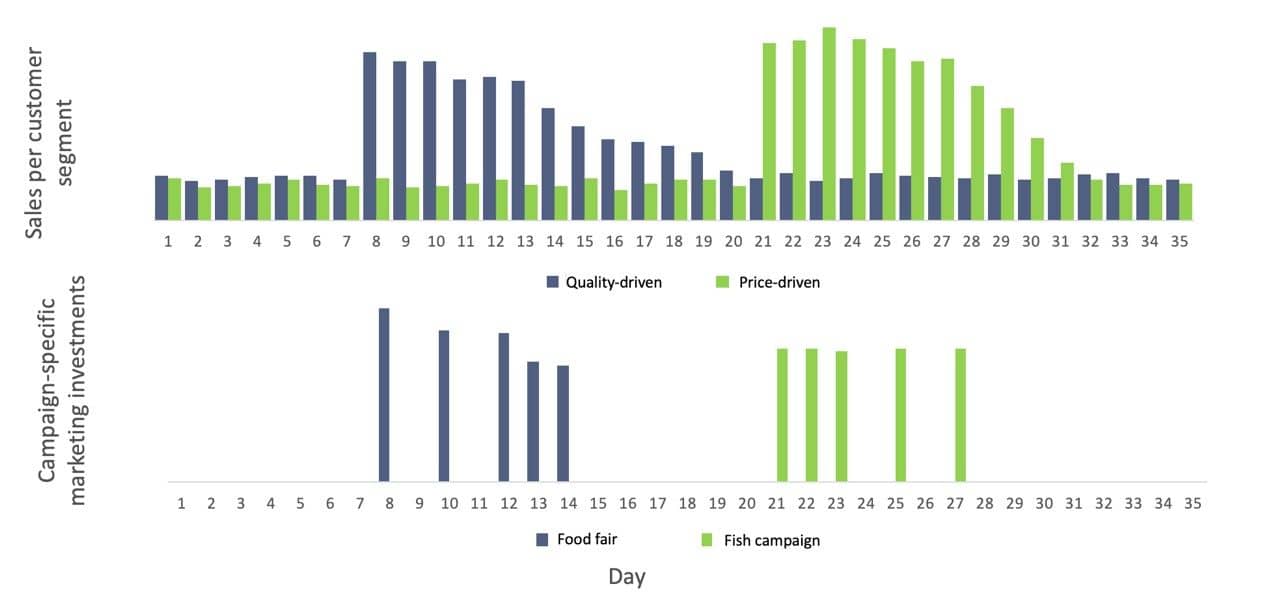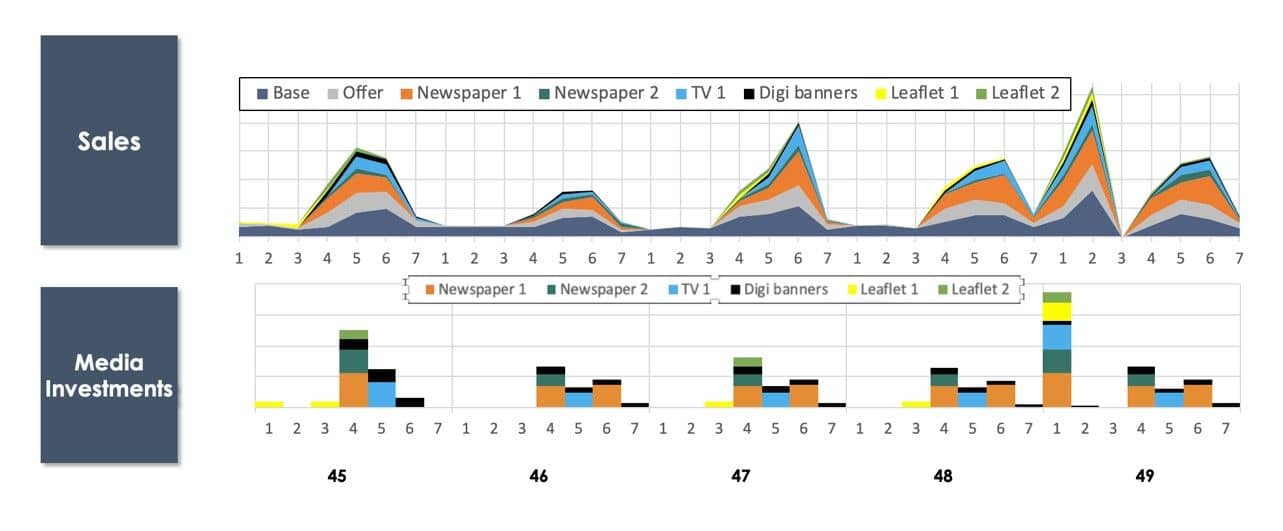Blog
Promotion Effectiveness Analysis
May 14, 2021 | Chris Kervinen

Promotions are a key part of any commerce or e-commerce business. What can we say? Shoppers love a bargain, and if you’re not giving them one… Well, someone else will. They’re exciting for the customer, introduce an element of scarcity into your product promotion and, if done right, could improve your bottom line.
Except that’s not always the case. In fact, some promotions do more harm than good in the long run —with research showing that 20 to 50% of promotions to generate no real uplift in sales and another 20 to 30% not driving enough sales to offset all of the costs of the promotion.
So, how do you know when you’re onto a winner?
And what promotions to leave on the metaphorical shelf?
Well, first of all, you need to define what promotion success is for you. The answer to this might seem like it should be a straightforward one but promotions aren’t always just about getting more sales across the line. Perhaps you are running a promotion with the primary aim of boosting traffic or maybe it’s to increase basket size. Perhaps your end aim is encouraging people to try new brands/products. Of course, it’s only when you decide what you want to achieve that you can know if you did it!
Once you know what you’re trying to do, then you can go after worthwhile insights. And for promotion effectiveness, we would recommend the following:
1) The factors really driving your results
It’s not only important to know which promotions are working, but also why they’re performing so well (since often it is the ‘why’ that will enable you to repeat those successes). And sometimes the answers can be surprising, with a wide range of factors to lookout for.
First, of all, you need to look at all the information contained within your own data. Was this promotion less prone to profit cannibalisation? Was there a lower stock-up effect? Was it positively benefited by the halo effect? Breaking down all of these possible impacts gives you a truer overall sales performance and provides valuable insights on why specific promotions perform so well compared to others.
Then add in external factors, the knowledge of which you are already privy to, such as supplier funding and supply chain costs (for example, increased warehouse costs or unsold products).
Finally, (we know, there’s a lot to take in) look at factors outside of your own store or organisation that could also be having a say on whether your promotion was a success of not. This could be, for example,the action of competitors, weather or a celebrity endorsement.
2) Secondary-effects
We just talked about factors within you offering that might affect your promotion, but it can work the other way as well -- with your promotion going on to affect the sale of other items in your store. If this does happen you want to take it into account in the ROMI calculations of this particular campaign. For example, when they came to check out that item did end up purchasing others as well? If so, that profit can be traced back and added to the success of the original campaign.
You may also want to look at complementary items that are frequently found in the same shopping basket as the promoted product and see if there was an uprise there as well.
You’ve now built pretty decent picture of how this specific product has performed as a promotion. The output should look something like this:

What thepromotion effectiveness analysis should produce: Promotion margin waterfallgraph
After modelling the sales and margin waterfalls for your campaign items, it’s time to attribute media’s uplift – the uplift in sales/margin caused by advertising the item in a specific media.
3) Where your promotions are performing the best
A promotion is much like a joke -- its success is determined by a mixture of content and context. Don’t make the mistake of only concentrating on one of these aspects. In this case, you need to not only look at what deals your putting out into the world but also where they are performing best. Keep in mind that the interplay between these factors is particularly telling and rewarding if done right, so make sure to find the best media items for each channel to deliver major impact.
Attributing media uplift as a whole might be a bit tricky at first. What’s even more difficult is to isolate each media channel’s own impact, if the products have been promoted in one or more media. Usually the raw data looks something like this:

You can improve the signal-noise ratio with more granular modelling levels. Pay attention to the content in each media channel, and what kind of customer segments they attract:

If the media uplift attribution is done correctly, the output should look something like this:

After thorough analysis, it’s time for interpretations.
4) Your star promotions
Ah, one of the biggest questions going in the commerce world -- which of your products is shining brighter than the rest and genuinely increasing your bottom line? To find that out you want to answer all the questions above and then you can find a winner (or multiples thereof). Do note, however, that if you want this information (and you should) then you will need to have done modelling for each product in your store.
Star promotions in a nutshell drive a lot of sales and margin. This is often an outcome of high sales uplift, small cannibalisation & stock-up, and/or high shopping basket halo.
5) Your optimal discount amount & mechanism
If you’re going to avoid pitfalls we outlined above (promotions that don’t help your bottom line) one of the best things you can do is find out how much you should be discounting by, because, as with most things, there is a tipping point. Pass this point and you are cutting prices but no longer seeing a substantial positive financial effect. The same goes for discount mechanism.
So, how do you find out what’s best for you? By comparing the true incremental sales and margin uplift of past campaigns with their different discount amounts and mechanisms. As an outcome, you can build promotion guidelines for each product group and campaign type.

Side-by-side comparison of sales and margin uplift for different discount amounts.
More interested in being given the information that digging it for yourself?
Download Promotion Effectiveness E-book - 2020 edition here!
Curious to learn more? Book a demo.
Related articles
Read more postsNo items found!